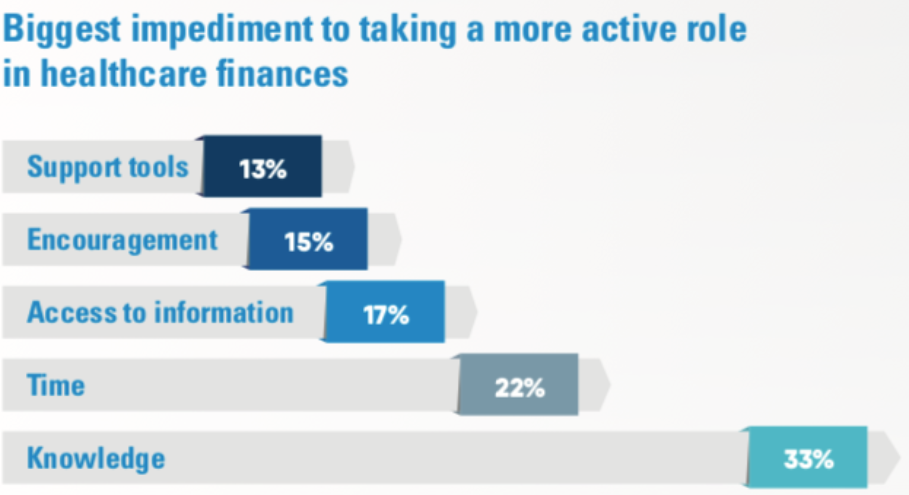What is a Commuter Account?
A Commuter Account is an employer-sponsored benefit that allows you to pay for qualified workplace mass transit (Transit Account) and parking expenses (Parking Account) using money that is not taxed.
It’s a great way to put extra money in your pocket each month and make your commute more convenient and affordable. You may contribute to both your transit and parking account on a pre-tax basis to pay for transit and parking expenses, which means you end up paying less in taxes and taking home more of your paycheck. The current monthly limit is $265 for your transit expenses and $265 for your parking expenses.
What is a Transit Account?
Transit Account is a pre-tax benefit account used to pay for public transit—including train, subway, light rail, bus, and ferry—as part of your daily commute to work.
What is a Commuter Parking Account?
A Commuter Parking Account is a pre-tax benefit account used to pay for parking as part of your daily commute to work, including parking at or near your place of work or at a location near where you take public transportation to get to work.
Do my unused Transit or Parking funds rollover from month to month or plan year to plan year?
Yes. However, there is currently a monthly benefit maximum of $265.
Can I submit a manual claim for Transit?
No. You must use your debit card to purchase your transit expenses.
Can I submit a manual claim for Parking?
Yes. Manual claims or debit card transactions are allowed for Parking expenses.
Can I change my election for Transit or Parking at any time?
Please see your Plan Administrator regarding their eligibility requirements of your Plan.
Is uberPOOL® and Lyft Line® Ridesharing available under my Transit Benefit?
Yes, however, there are limited locations and some restrictions. To qualify as an eligible benefit, the vehicle used for ridesharing (also referred as vanpooling) must seat at least six adults (not counting the driver).
UberPool is currently available in New York City, Boston, Chicago, Washington D.C., San Francisco, Philadelphia, Las Vegas, Denver, Atlanta, Miami, Los Angeles, San Diego, Seattle and New Jersey (state).
Lyft Line is currently available in New York City, Boston, Seattle, and Miami.
Are receipts required when submitting claims for parking reimbursement?
Receipts, if available, should be submitted along with a completed and signed reimbursement form. If a receipt is not available, just a completed and signed reimbursement form is acceptable.
Can the Commuter benefit be used for my family?
No. The Commuter benefit is available only for the employee to use for either public transportation or parking expenses associated with getting to and from the employee’s workplace.
What expenses are not included in the Commuter benefit?
Carpooling, Mileage, tools, and fuel. Also, business travel and expenses previously reimbursed by your employer.
Do I need to re-elect each month?
No, you elect your benefit amount for your employer’s annual plan year. Your monthly elections are available on your debit card each month.
Is there a maximum amount I can swipe my card for at one time?
The maximum you can swipe your card for is a total of $265 each month for transit purchases and a total of $265 each month for parking expenses. The current monthly limit is designated by the IRS. The limit will apply to all debit card swipes for transit and parking.
















